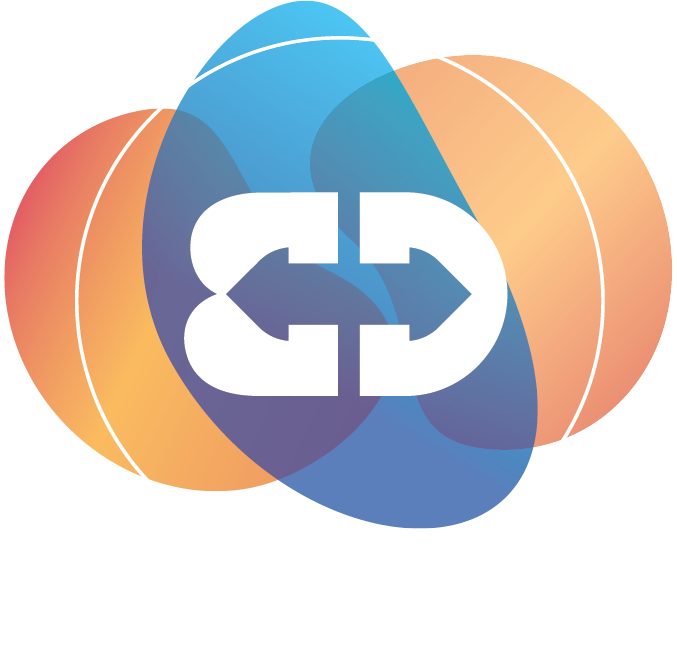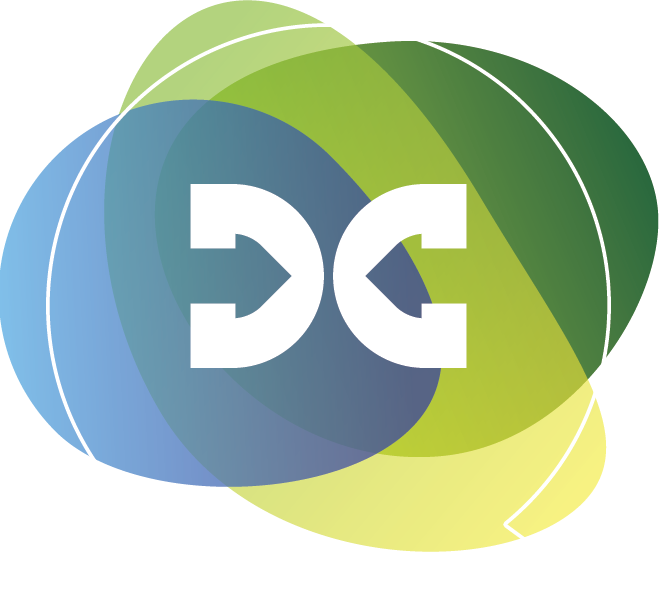Insights
Tech That Serves: Why Strategic Foresight Is the Hardest Skill in Leadership Right Now
In 2025, every boardroom echoes with three strategic imperatives: AI, ESG, and resilience. But aligning these priorities in a meaningful way is still a challenge for many technology leaders—particularly for those operating in regulated, complex environments like Germany. Enter strategic foresight: not a buzzword, but a business-critical capability.
Beyond Trend-Spotting: Structured Anticipation
Strategic foresight isn’t about making grand predictions. It’s about equipping your leadership with the tools to anticipate, assess, and prepare for change before it hits operational reality. In the current climate, where geopolitical shifts and regulatory frameworks evolve faster than roadmaps can adjust, foresight enables CIOs and CTOs to stay proactive rather than reactive.
In the DACH region especially, this need is underscored by the surge in demand for regulated innovation. From sovereign cloud initiatives to AI policy rollouts, leaders are under increasing pressure to demonstrate both agility and control. Strategic foresight gives them the framework to do both.
Why German CIOs Are Prioritising Regulated Innovation
Germany is home to some of the world’s most rigorously compliant digital ecosystems. Here, IT strategy isn’t just about speed or scale—it’s about trust, data integrity, and sovereignty. That’s why foresight is rising up the agenda. German CIOs aren’t chasing the latest tools—they’re building resilient infrastructure that can evolve with legal, social, and environmental expectations.
Initiatives like Gaia-X are emblematic of this shift. Positioned at the intersection of European data sovereignty, interoperability, and AI-readiness, Gaia-X isn’t just a technical project—it’s a symbol of forward-thinking governance. For German enterprises, aligning with such frameworks is no longer optional. It's the strategic standard.
Foresight Tools Every Leader Should Know
So, how do leaders build a repeatable lens for the future? Here are three foundational techniques used by forward-looking strategy teams:
-
Horizon Scanning: Systematically identifying weak signals and emerging trends—across tech, policy, and society—that may reshape operations.
-
Ethics Mapping: Exploring how technologies like generative AI impact stakeholders, from internal teams to the broader public.
-
Externalities Analysis: Evaluating the second- and third-order effects of innovations, from carbon footprint to supply chain vulnerability.
These aren’t theoretical tools—they’re being actively applied across sectors like automotive, manufacturing, and financial services in Germany. And they’re proving critical for aligning infrastructure investment with ESG compliance and AI-readiness.
The Bottom Line: You Don’t Need to Predict the Future
What you need is a disciplined process for preparing for it.
Strategic foresight empowers technology leaders to make better decisions today with tomorrow in mind. It’s not just a skill for futurists—it's a core leadership capability, especially when the stakes involve regulatory risk, ESG accountability, and AI transformation.
Because in 2025, it’s not the companies with the most data that win. It’s the ones who know what to do next.

 Cloud & AI Infrastructure
Cloud & AI Infrastructure Cloud & Cyber Security Expo
Cloud & Cyber Security Expo  Big Data & AI World
Big Data & AI World  Data Centre World
Data Centre World